Vaughan Cruickshank, University of Tasmania; Brendon Hyndman, Charles Sturt University, and Shane Pill, Flinders University
Physical education is one of the most popular subjects for children in their early school years. Yet by secondary school less favourable attitudes towards what’s known in the Australian school curriculum as Health and Physical Education (HPE) can start to creep in.
By adulthood, the mention of HPE brings on both pleasant (for those who enjoyed HPE at school or completed HPE activities well) and unpleasant memories (those who suffered embarrassment, bullying or injuries).
Read more:
Teenagers who play sport after school are only 7 minutes more active per day than those who don’t
These attitudes towards HPE are important as early life experiences can be linked to our health later on. Adults with positive memories of HPE are more likely to be physically active throughout their lives.
That’s why we need to get students hooked on a range of activities they don’t give up on and can enjoy doing for many years after they leave school.
Exercise for our health
One of the major focuses of any HPE program in schools is to develop movement skills and physical activity in young people. The United Nations Educational, Scientific and Cultural Organisation (UNESCO) says physical activity is vital to improve mental, social and physical health, as well as preventing diseases such as obesity, cancer, diabetes and heart disease.
Lifestyle diseases are likely to be an increasing problem in Australia due to the projected increase in the percentage of the population aged 65 years and over.
For this reason, a high-quality HPE program early on at school that provides opportunities for students to experience a range of activities they can engage in later in life is important.
This can prepare students for the skills needed for lifelong engagement in physical activity and to lead active and healthy lives.
Our activities change as we age
The activities with the highest participation by Australians of different age groups are shown in the table below. These findings show some obvious differences between age groups.

Clearinghouse for Sport, CC BY-ND
School-aged students participate in more team-based activities. Often these involve physical contact and/or require speed and agility. Participation rates in these activities decrease substantially after the age of 35.

Flickr/, CC BY-NC-ND
Australians aged 65 and over mainly participate in less intense aerobic activities. Seven of the top 10 (walking, golf, cycling, bowls, yoga, bush walking and pilates) activities for the 65-plus age group do not even make the top 10 for school-aged Australians.
Giving students increased access to these activities might assist schools in meeting UNESCO’s challenge to help young people develop lifelong participation in physical activity.
Teach them healthy habits when they’re young
Some school HPE and outdoor education programs are likely to include a few of these activities listed for the adult age groups.
But the crowded curriculum and specific HPE time allocations can be a problem. Teachers often don’t have time to cover these activities in enough detail to really hook students in. That means students don’t get to the point where they want to make these activities a permanent part of their movement tool kit.
Busy schools should consider integrating aerobic activities into other subject areas. For example, an excursion to a local park or reserve for bushwalking or orienteering could be linked with geography and science. It could also help inspire writing tasks in English or measurement tasks in maths.
Teachers could be encouraged to use class breaks for short yoga sessions. Yoga and pilates could be offered at lunchtime, either with a teacher, posters and signs, or via an app projected on a screen.
Doing a web search for your location and activities (for example, “golf/bowls/bushwalking clubs near me”) will help schools find nearby clubs to connect students with. Schools could invite club staff or volunteers to come to talk to the students and run practical sessions.
Being aware of local recreational clubs and organisations and the opportunities they provide (such as barefoot bowls nights), as well as websites where they can get more information (bushwalking trails), will make it easier for students to engage with these activities.

Flickr/Josh McGuiness, CC BY-NC-ND
Engaged students are active and healthy for life
So we need to make sure students are provided with enough choice in activities.
Read more:
Our ‘sporting nation’ is a myth, so how do we get youngsters back on the field?
Improved choice for students within HPE programs allows them to discover activities that provide appropriate levels of challenge for them to be able to overcome and achieve for overall enjoyment.
Evidence suggests that providing such a mastery climate in school HPE and junior sport can help students feel high levels of competence in their physical abilities. This then assists with students’ individual motivations to be physically active.

Flickr/Mike Bull, CC BY-NC
Vaughan Cruickshank, Program Director – Health and Physical Education, Maths/Science, Faculty of Education, University of Tasmania; Brendon Hyndman, Senior Lecturer & Course Director of Postgraduate Studies in Education, Charles Sturt University, and Shane Pill, Associate Professor in Physical Education and Sport, Flinders University
This article is republished from The Conversation under a Creative Commons license. Read the original article.
Feature photo by Art of Hoping on Unsplash
![]()


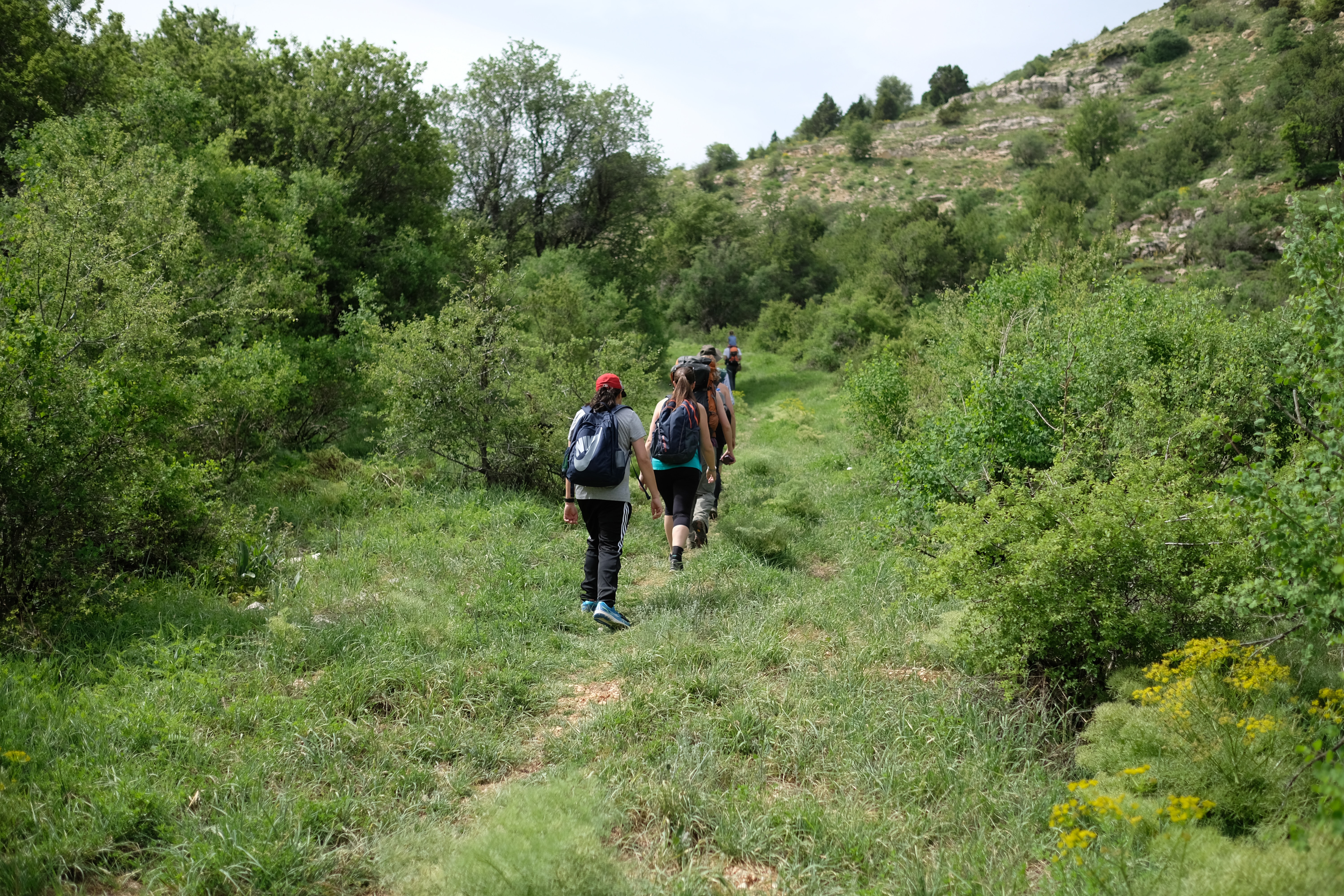
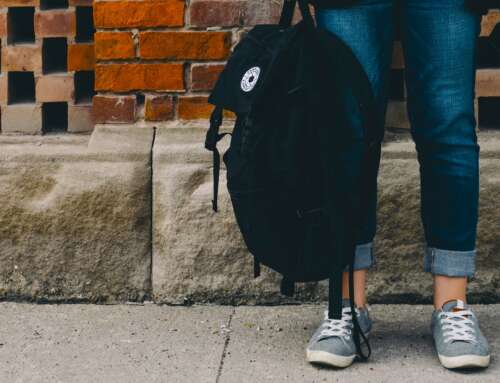
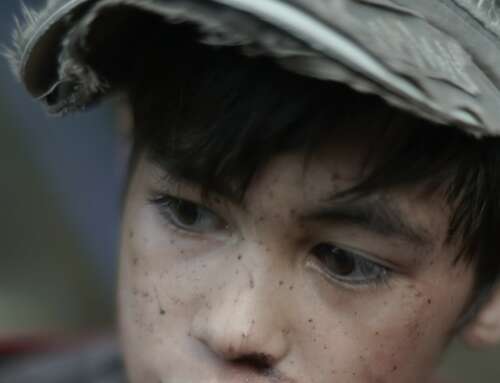
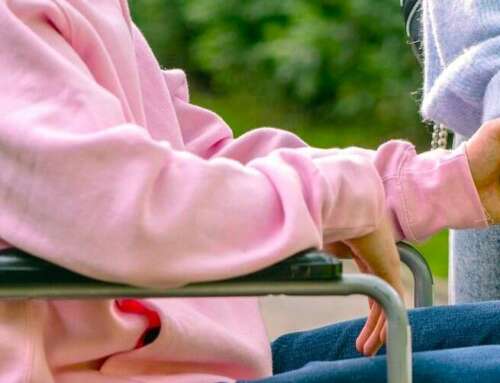

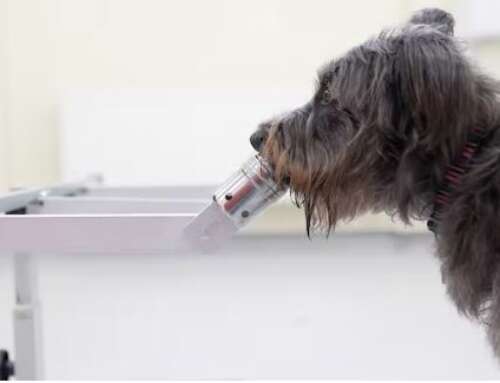
Leave A Comment